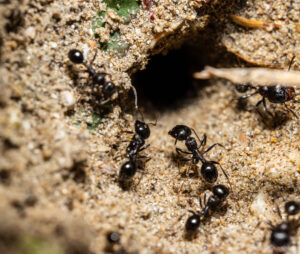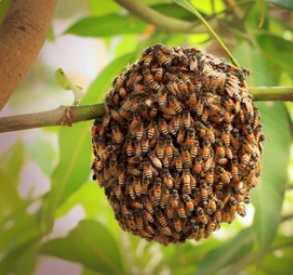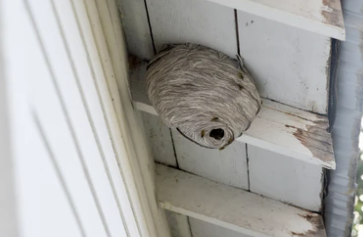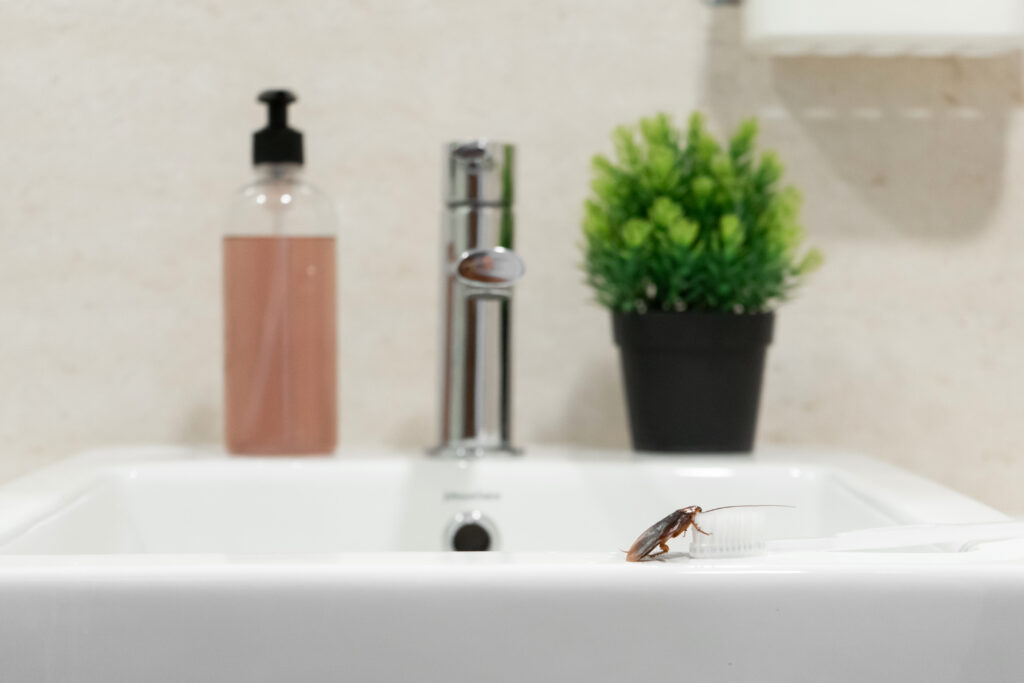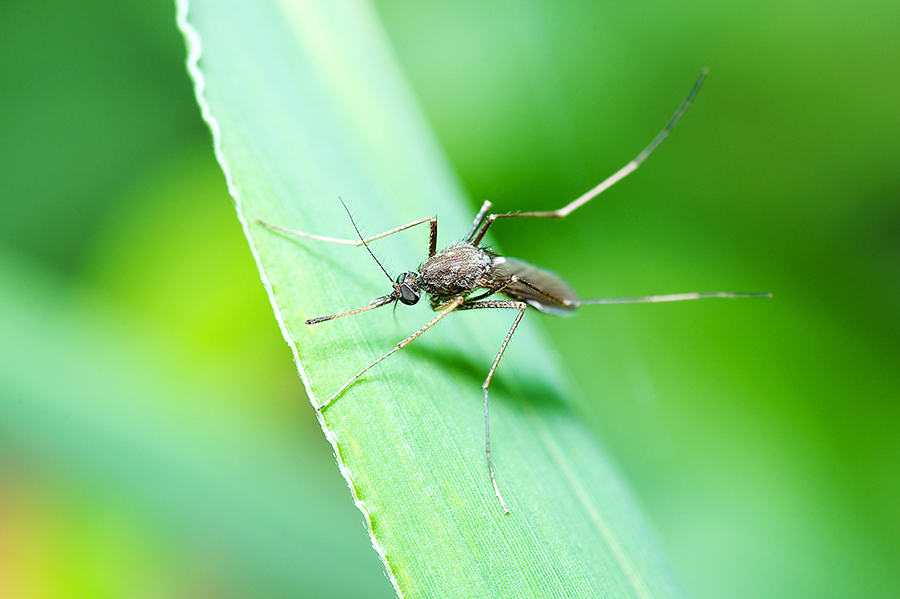Estimated reading time: 8 minutes
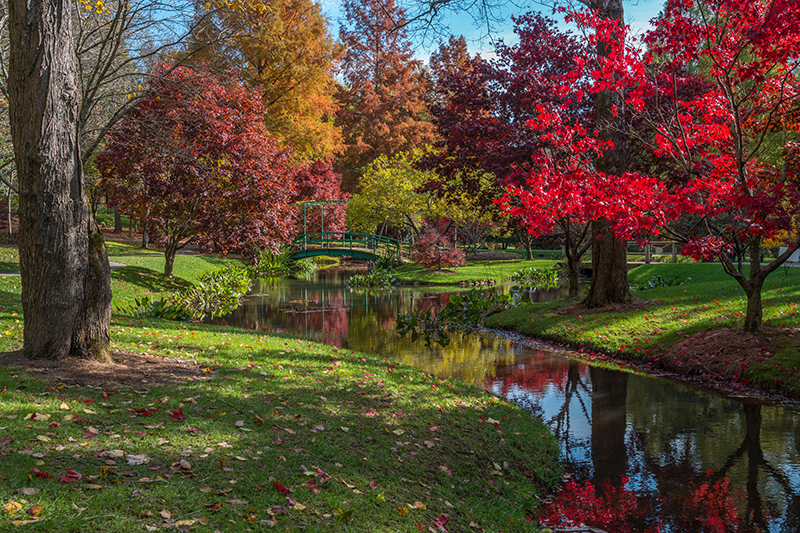
While spring and summer are commonly associated with pests, autumn in Georgia introduces its own set of challenges. As the weather cools, some pests become more active and may seek shelter within the comfort of our homes. The transition to fall brings about a change in pest behavior, making it a critical time for homeowners to be proactive in their pest control efforts.
Among these fall pests, rodents such as mice and rats can become a particular concern as they enter homes in search of warmth and food. These rodents are not just a nuisance; they can cause structural damage by gnawing on wires and wooden structures, potentially creating safety hazards. Additionally, bedbugs, while not considered a major health threat, can lead to itchy bites and skin irritations. Their ability to hide in small crevices and rapidly reproduce makes them challenging to eliminate once they’ve infested a home.
In this article, we will delve into the specific fall pests common in Georgia, the potential risks they pose, and effective pest control strategies. By understanding the dynamics of fall pest control in the state, you’ll be better equipped to protect your home and family from these seasonal invaders.”
Common Fall Bugs to Watch For
There are several fall insects to watch out for, as temperatures cool off, such as ants and cockroaches. However, the following bugs are most commonly seen throughout various parts of Georgia, during the months of fall.
Centipedes– These guys get a bad reputation (which makes sense, they are super creepy) BUT, while they may be an uninvited house guest, they aren’t all bad. They actually are harmless to humans and do eat spiders, however, finding one as you exit the shower IS alarming. No one wants to witness a creepy 30-legged insect crawling about! Preventing moisture accumulation and sealing your home properly is essential to getting rid of centipedes.
Silverfish- You may not realize you have a silverfish problem, as these bug are excellent at hiding. They tend to frequent basements, storage boxes, kitchen cabinets and bathrooms. They are wingless, silver colored insects that are known for their destructive feeding patterns. They can ruin paper documents, wallpaper and clothing. Silverfish may also attract other pests, such as carpet beetles.
Spiders- Most people don’t love spiders in their home. As it happens, fall is the best time of the year to be vigilant when it comes to removing the conditions that attract spiders in the first place. Fall is mating season for spiders, so it may seem there are more around during the months leading to winter. However, if you are proactive and remove cobwebs promptly, as well as seal cracks and turn off exterior lighting when not in use, this will decrease the amount of spider activity in and around your home.
Crickets- This may be a little known fact, but crickets can breed very quickly. They also are destructive in nature, as they consume fabric, including carpet and clothing. Crickets are drawn to moist, soiled clothing, as well as wool, cotton, silk and synthetic fabrics. Due to potential property damage, crickets must be dealt with immediately.
Bedbugs- The thought of bedbugs strikes fear in most people. They can easily be brought into your home by “catching a ride” on suitcases, clothing and even car upholstery. Unfortunately, once they’ve made their way into your home, they quickly move to your bed, baseboards, walls and electrical outlets. Their bites are quite unpleasant and often itch. Therefore, taking precautionary measures to ensure a full blown infestation doesn’t occur, is your best bet.
Are fall pests more than just a nuisance, or can they cause damage?
Fall pests can indeed pose more significant challenges than being mere nuisances. It’s crucial to recognize that several of these pests have the potential to cause various types of harm, extending beyond the inconvenience of their presence.
For example, rodents, such as mice and rats, are among the most problematic fall pests. They are notorious for spreading diseases and can inflict structural damage to your home. Rodents have a tendency to gnaw on electrical wiring, insulation, and wooden structures, which can pose fire hazards and undermine the integrity of your property.
Additionally, bedbugs, although not immediate health threats, can trigger allergic reactions in some individuals, leading to itchy bites and skin irritations. What makes bedbugs particularly concerning is their persistence and ease of spread. Preventing infestations and addressing them promptly is essential to avoid extensive issues.
Understanding the potential risks associated with specific pests empowers you to take them seriously and motivates you to adopt proactive measures for prevention.
Should I Spray For Bugs in the Fall?
Now that you are familiar with the type of fall bugs often found in Georgia, it’s time to learn how to handle these invaders. Fall pest control may include spraying outdoors. Preventative measures are an excellent way to avoid insects entering into your home or commercial property. Proactive treatments help to protect against current and potential future invaders.
If you begin to notice fall insects, it is wise to contact a pest management company immediately. Pest control specialists will inspect the property and provide specific recommendations on fortifying the structure. Customized treatments will then be applied inside and outside of the home or commercial property. The use of traps, sprays or other treatment methods are commonly used, depending on the particular situation.
Should I hire a professional pest control service for fall pests in Georgia?
The decision to hire a professional pest control service or use DIY methods in Georgia depends on factors like the extent of the infestation, your comfort level with DIY treatments, and your availability. In Georgia, where pest challenges can be unique, professional services are often the best choice for comprehensive and effective pest control, especially for fall pests.
How Fall Weather Attracts Bugs
When the temperature drops, you can count on insects seeking shelter and food in a warm space. Insects are cold-blooded creatures, meaning they will perish if the temperature drops low enough. Fall is when people begin to notice these bugs moving inside and taking up residency in the home. Unfortunately, if you don’t get a handle on fall bugs, the population may rapidly increase and quickly become an infestation. Repelling insects as soon as you encounter them is the best course of action if you don’t want them living in your home or commercial property throughout fall and winter.
How To Prevent Fall Insects and bugs
To prepare for fall pests, inspect the exterior of your home for places that permit them to enter.
- Search for cracks, small holes, and crevices. If you spot these features, seal them with silicone caulk.
- Pay special attention to the sections where utility pipes enter your home. If you come across large gaps or holes, then block these areas with steel wool. The roughness of the product’s fibers will dissuade pests from entering your home. Rodents are deterred by steel wool because they are unable to chew through it.
- Install screens across the openings of attic vents, chimneys and any other places that leave your home open to the elements. This may include pet doors or mail slots.
- Add door sweeps to the bottom section of your doors, and repair any screens that are damaged. Cracks underneath doors permit numerous critters to enter your home as do torn window screens.
- Keep your gutters clean by removing leaves and other debris that accumulates in them. This step prevents standing water, which is the ideal place for many pests to breed.
- Also, make sure that your basement, crawl spaces and attics are dry and well ventilated. You can do this with a dehumidifier.
What should I do if I already have a fall pest infestation in my Georgia home?
Discovering a fall pest infestation in your Georgia home can be unsettling, but taking swift and effective action is essential to mitigate the problem. Here’s a more detailed guide on what to do if you find yourself facing a fall pest infestation in the state of Georgia:
1. Identify the Affected Areas:
- The first step when dealing with a fall pest infestation in your Georgia home is to identify the areas where pests are most active. Look for telltale signs such as droppings, damaged belongings, or sightings of pests. This knowledge will help you and Flexible Pest Control understand the extent of the problem.
2. Isolate the Infested Area:
- Once you’ve pinpointed the infested areas, take immediate action to isolate them. Close off rooms or sections of your home where pest activity is high to prevent further spread. Seal doors, windows, and vents if possible to contain the infestation.
3. Contact Flexible Pest Control:
- When facing a fall pest infestation in your Georgia home, it’s highly advisable to seek professional assistance. Contact Flexible Pest Control, a trusted name in pest management in Georgia. Their local expertise and tailored approach will ensure effective pest control measures to address the infestation promptly. They will provide guidance on preparation and scheduling an inspection to assess the extent of the problem.
Don’t let your guard down as fall approaches! Prevent insects from entering, or taking up occupancy in, your home or business with a preventative treatment spray. If you detect bugs inside or outside your property, the professionals at Flexible Pest Services will attend to the issue promptly. It often takes a trained pest control specialist to identify and address hidden invaders, as well as the conditions that may entice future pests.
Get a handle on fall insects by reaching out today to learn about our pest management options or to schedule a comprehensive inspection!

